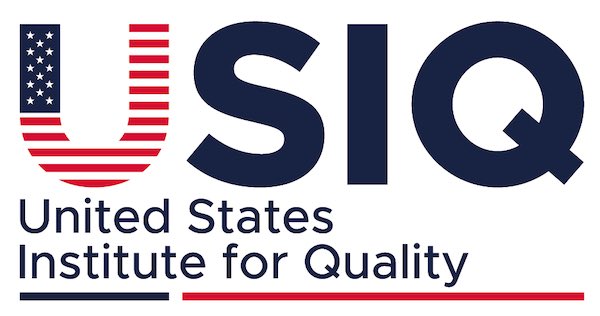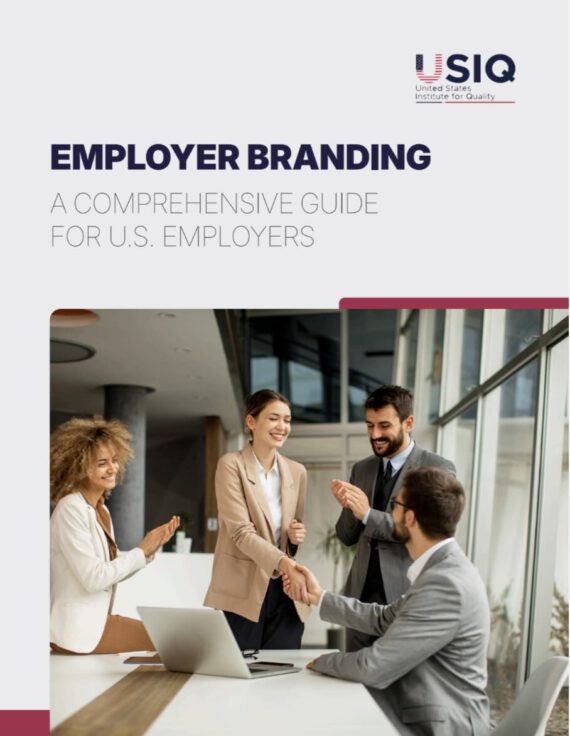|
Getting your Trinity Audio player ready...
|
Today’s generation has many job opportunities, making finding, approaching, and retaining quality employees challenging. This is where a good employer brand comes in handy. But what do we mean by the term employer brand? In its simplest terms, it is the reputation that your company has in the eyes of the public regarding employment. An employer branding framework is a tool that enables an organization to design, develop, and sustain the desired employer brand.
What is Employer Branding?
Employer branding can be defined as designing the company’s perception to appeal to employees. It is like the image of your company but from the employment point of view. What image comes to mind when people hear your company’s name? How do they perceive working in your company? That is what you call an employer brand at work!
Employer branding is not limited to external image perception. It is equally about the internal culture within your company and how you operate as an organization. Employees who are appreciated, acknowledged, and understand the company’s goals are more likely to impact the brand positively. On the other hand, dissatisfied employees can undermine your brand by posting negative feedback. This means employer branding connects a company’s values and employees’ experiences.

Why is Employer Branding Important?
A good employer brand can be your competitive advantage, especially when operating in a highly competitive environment. It’s not only about the new employees to be recruited; it is also about the satisfaction of the existing workforce. A good reputation as an employer is a valuable asset for any company mainly because it helps firms retain their employees, increase their productivity, and reduce recruitment costs. When people want to work for you, you can easily and affordably find the right people.
It is also important to note that employer branding affects customer perception. Studies show consumers are willing to purchase goods from companies with good employee relations. This indicates that employer branding indirectly affects the business’s reputation and performance.
Steps to Build an Employer Branding Framework
Understand Your Current Brand
Before building your employer brand, you need to understand where you stand. Ask your current employees, former employees, and even those who had applied for a job but did not get hired. What they have to say can help you get a good idea of what other people think of your company. Surveys, exit interviews, and online reviews are beneficial.
You can also examine your company’s story on Glassdoor or LinkedIn. Is there a pattern in the reviews? Knowing these patterns will help you identify areas that need to be changed. Remember, the truth is the key to every successful employer branding strategy, and being as honest as possible is essential.
Define Your Employer Value Proposition (EVP)
Your Employer Value Proposition is the core of your employer brand. It is the unique set of advantages and possibilities that your company provides to its employees. Consider it the answer: “What makes it worthwhile for someone to work here?” EVP should align with the company’s core values, culture, and mission. It is not only about salaries and other benefits but also about career development, growth opportunities, work-life balance, and the sense of purpose employees get from their work.
Creating an effective EVP requires collaboration. Involve employees at all levels to understand what they value most. Some may prioritize professional development, while others might value flexible work possibilities. The goal is to craft an EVP that resonates with diverse needs while staying true to the company’s core values.
Align with Company Goals
Your employer branding strategy should align with the rest of the organization’s objectives. For example, if your company is to be innovative, then the brand should be focused on innovation and new opportunities. Consistency is key. In this case, the employer’s commitments should reflect the overall image of your company.
An integrated strategy effectively coordinates all departments. Marketing, HR, and leadership must ensure agreement in this area. This strengthens the brand and prevents mixed signals that confuse employees or candidates.
Create a Clear Communication Strategy
Now that you have your EVP, it is time to share it with others. You need to promote your company on the website, social media, and job postings. Post positive employee stories, discuss your organization’s culture, and explain how your company cares for its employees. Your message has to be genuine and realistic. It is simple for employees and candidates to realize when a message seems phony or unauthentic.
Exploit various content formats to address your audience. These include videos, blogs, and social media posts, to mention but a few. For instance, a short video of employees expressing themselves may go a long way in the campaign. The message must be well maintained throughout all the channels.
Involve Your Employees
Your current employees are your best brand ambassadors. Encourage them to share their experiences formally through testimonials and informally through social media. Genuinely advocating for your company builds trust and credibility. Celebrate their achievements and let their stories reflect your company’s culture.
You can also create initiatives to engage employees. For instance, an “Employee Spotlight” series can highlight individuals’ contributions, making them feel valued. Similarly, team-building activities and open forums can foster a sense of belonging, further strengthening your employer’s brand.
Monitor and Improve
Establishing an employer brand is not a process that can be done only once. Take time to measure your brand’s performance. Is your talent strategy getting you the right talent? Are your workers contented and committed in the workplace? Feedback should be used to improve the strategies being used. Your branding efforts must be effective to keep up with the current trends in the market.
Some tools include analytics dashboards that can track application rates, employee engagement scores, and retention rates. You should consider the following areas to determine which of your branding strategies need to be changed. Addressing issues openly also boosts trust among employees and candidates.
Examples of Strong Employer Branding
For instance, we have Google and Patagonia. Google’s brand is centered on product development, teamwork, and the health of its staff. They provide special advantages and a flexible work environment, which is why many people would love to work there. Patagonia focuses on sustainability and the reasons for which the company operates. This gives both companies clear values they portray to the people they want to employ and work with.
Like any other company, smaller companies can cultivate a good employment brand through authenticity. For instance, if a local startup focuses on its people, it may have the tagline, “Work with a family.” The main idea is to focus on what differentiates your company from competitors, whether small or large, in any industry.
Challenges in Employer Branding
It is not easy to develop a powerful employer brand. If employees do not see your EVP reflected in their experience, they will lose trust in the organization. Knowing that negativity on sites like Glassdoor can ruin your reputation is also important. Such feedback should be dealt with positively, and evidence that you are willing to change should be provided. Also, maintaining consistency across different markets and cultures can be challenging, especially for international firms.
Another problem is to set the right expectations. It is right always to paint your company in the best light, but overdoing it can be disastrous. This is because any candidate lured by exaggerated information may quit soon, increasing turnover rates. Do your best to make the brand clear and honest to attract the target audience.
Benefits of a Strong Employer Brand
If well implemented, employer branding has several advantages. It can also reduce recruitment expenses by attracting talent on its own. This, in turn, improves employee morale, which is an ingredient for high performance. Customers also like to buy products from companies that take good care of their employees, adding value to your business reputation.
A strong employer brand also promotes loyalty. Employees who feel connected to the company’s mission are more likely to stay long-term. This stability reduces hiring costs and ensures continuity in achieving organizational goals.
Final Thoughts
Employer branding is not a campaign but an investment in a long-term process of building an organization that people want to be a part of. This means understanding where your company is today, setting up a clear EVP, ensuring that the brand aligns with the company goals, and ensuring the communication is as genuine as possible. Employees are your brand’s face, so you should treat them well. Involve them, hear them, and allow them to speak. Thus, you will be able to attract the best and build a great culture of success in the company.
In the end, employer branding is about trust and relationships. When employees are happy, and candidates view your company as a great workplace, the advantages go beyond recruitment. A powerful employer brand leads to success and makes your company the market leader.
Related Articles
Recruitment marketing aims to market your organization in order to target potential employees. Rather than waiting for individuals to approach [...]
The current fast-paced job market demands essential adaptability from both workforce members and organizations. The technological changes in industries and [...]
A successful social media marketing strategy for B2B success depends on trust development while sharing valuable content that targets decision-making [...]
Every employer understands the importance of retaining their employees because this is one way through which their business can grow [...]






